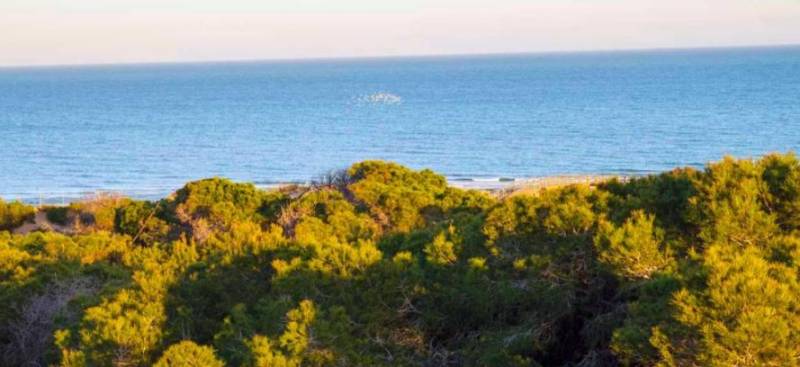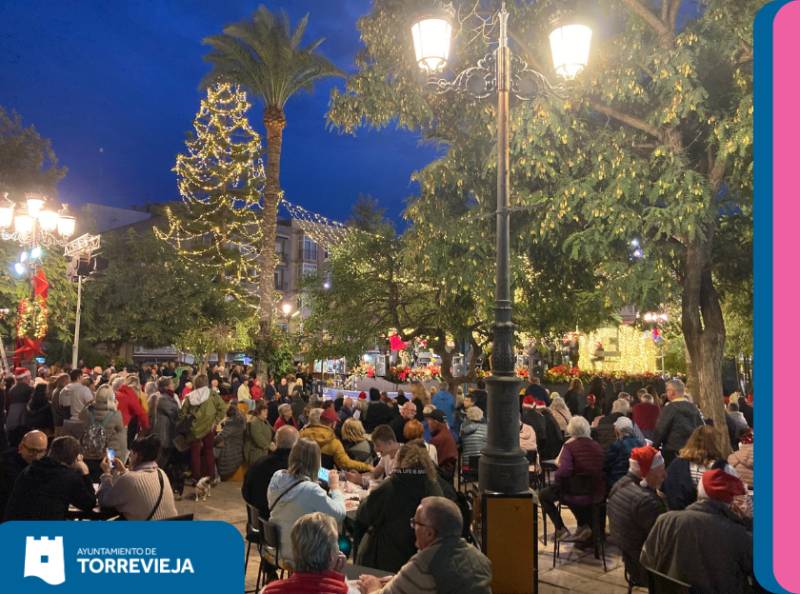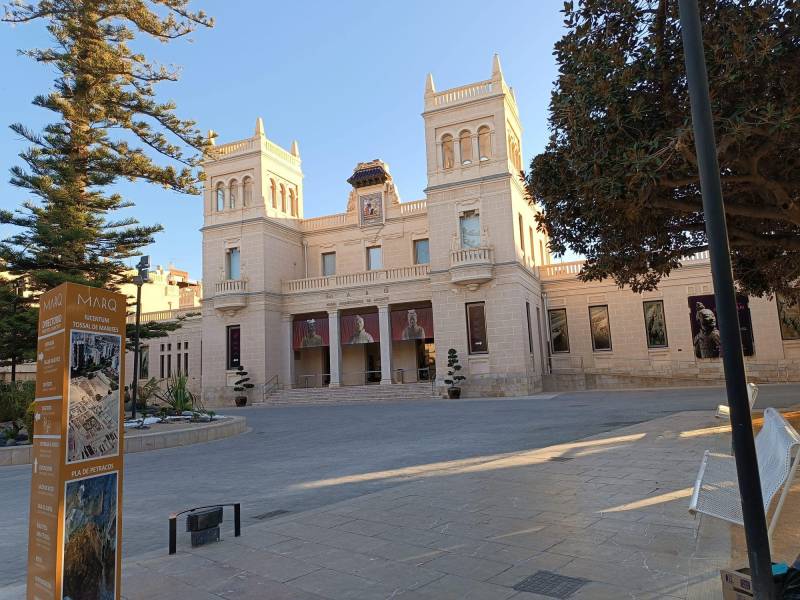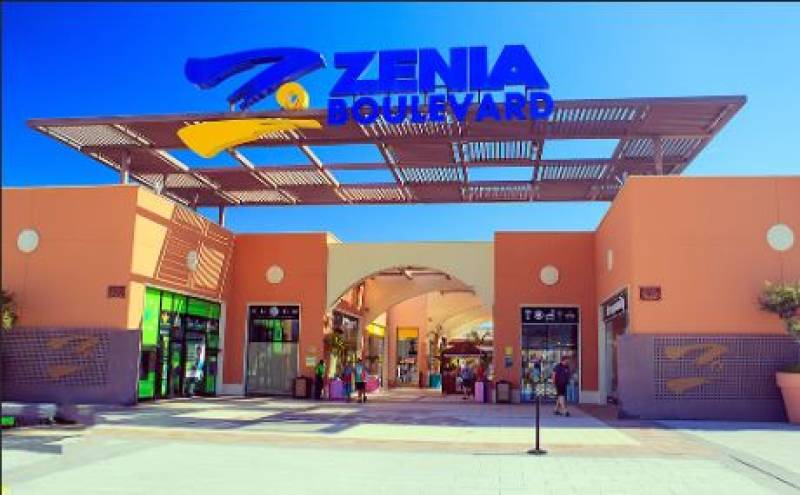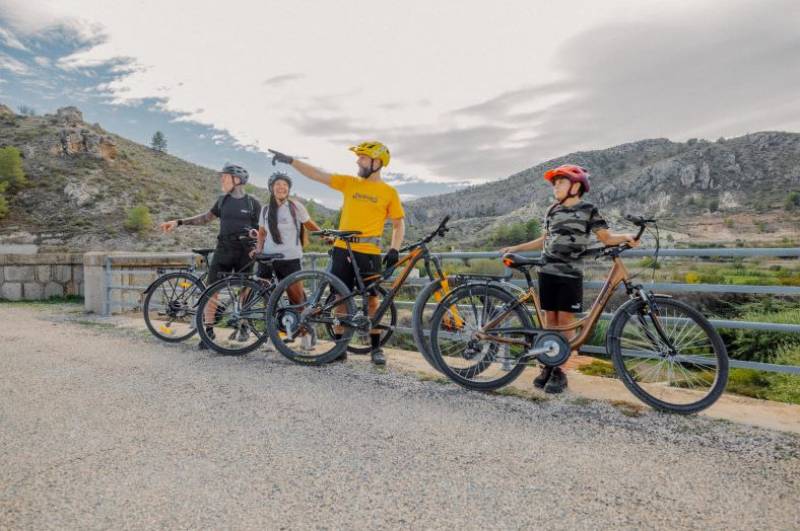

Guidelines for submitting articles to Hacienda Riquelme Golf Resort Today
Hello, and thank you for choosing Hacienda Riquelme Golf Resort.Today to publicise your organisation’s info or event.
Hacienda Riquelme Golf Resort Today is a website set up by Murcia Today specifically for residents of the urbanisation in Southwest Murcia, providing news and information on what’s happening in the local area, which is the largest English-speaking expat area in the Region of Murcia.
When submitting text to be included on Hacienda Riquelme Golf Resort Today, please abide by the following guidelines so we can upload your article as swiftly as possible:
Send an email to editor@spaintodayonline.com or contact@murciatoday.com
Attach the information in a Word Document or Google Doc
Include all relevant points, including:
Who is the organisation running the event?
Where is it happening?
When?
How much does it cost?
Is it necessary to book beforehand, or can people just show up on the day?
…but try not to exceed 300 words
Also attach a photo to illustrate your article, no more than 100kb

Discover the Phoenician past of Guardamar del Segura with a tour of La Fonteta
Declared an Asset of Cultural Interest (BIC), this Archaeological Protection Area in Alicante province holds the secrets of a centuries-old society

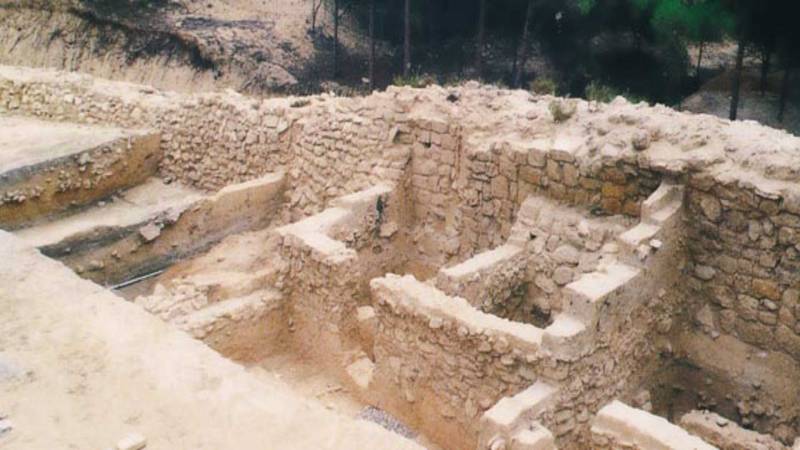 The Town Hall opened the mysterious 10th-century Caliphate rabita to guided tours in 2022 from June until December, and in the first three months alone, more than 2,000 people passed through its historic walls.
The Town Hall opened the mysterious 10th-century Caliphate rabita to guided tours in 2022 from June until December, and in the first three months alone, more than 2,000 people passed through its historic walls.Now, this incredible site can be explored on Fridays, Saturday and Sundays from the end of March through to the December for just 5 euros. There are also two mid-week tours for free. The tour covers a distance of 2.5km and takes around two-and-a-half hours. Visit Guardamar del Segura Town Hall's website to find out more.
La Fonteta - Rábita Califal
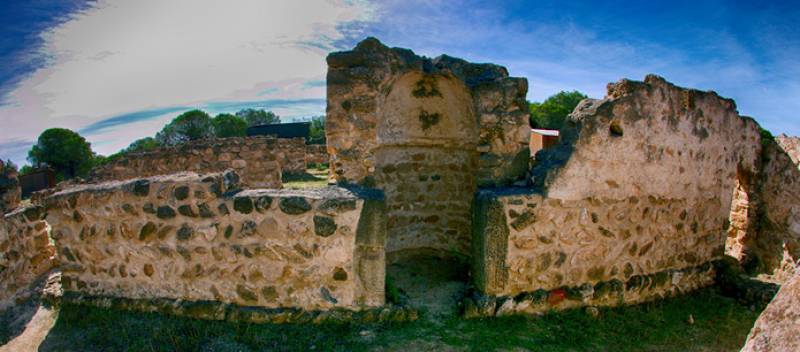 The second phase, dating from around the 7th century BC, is characterised by a powerful wall 4-5 metres wide and almost 10 metres high, with projecting bastions and a V-shaped moat.
The second phase, dating from around the 7th century BC, is characterised by a powerful wall 4-5 metres wide and almost 10 metres high, with projecting bastions and a V-shaped moat.Image 2: Comunitat Valenciana
Image 3: Guardamar Turismo
Sign up for the Spanish News Today Editors Roundup Weekly Bulletin and get an email with all the week’s news straight to your inbox
Special offer: Subscribe now for 25% off (36.95 euros for 48 Bulletins)
OR
you can sign up to our FREE weekly roundup!
Read some of our recent bulletins:
Discount Special Offer subscription:
36.95€ for 48 Editor’s Weekly News Roundup bulletins!
Please CLICK THE BUTTON to subscribe.
(List price 3 months 12 Bulletins)
Read more stories from around Spain:









